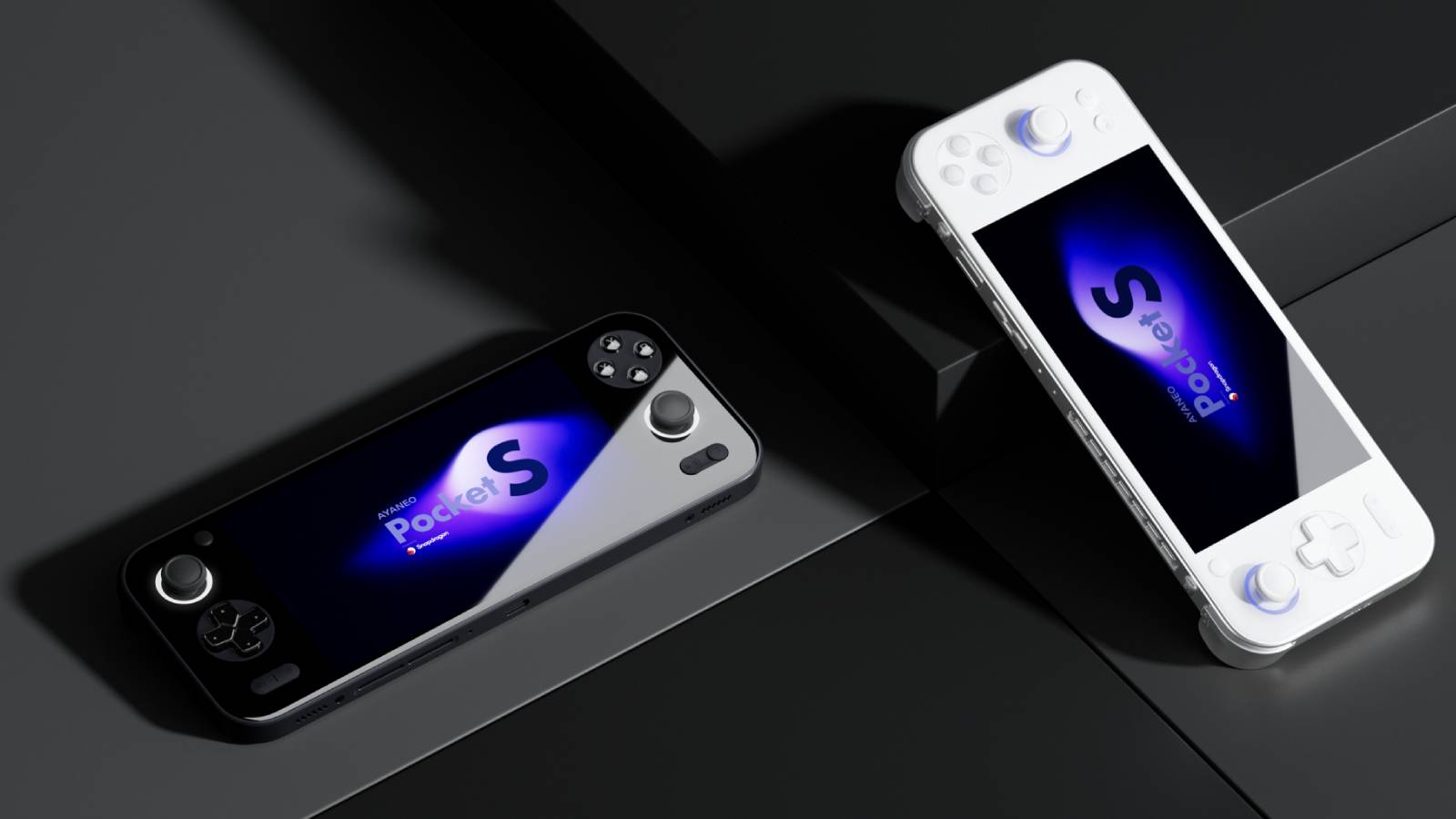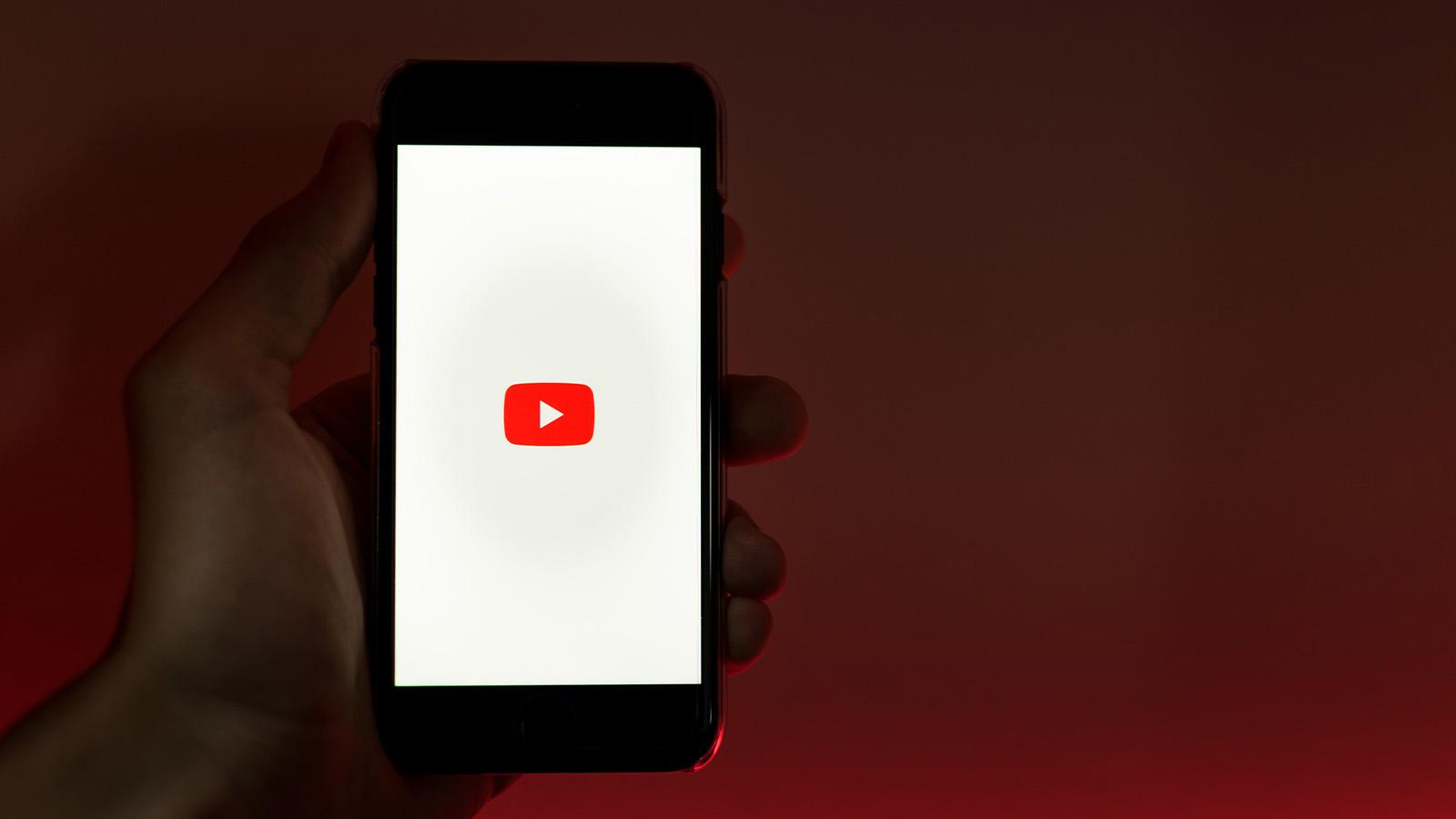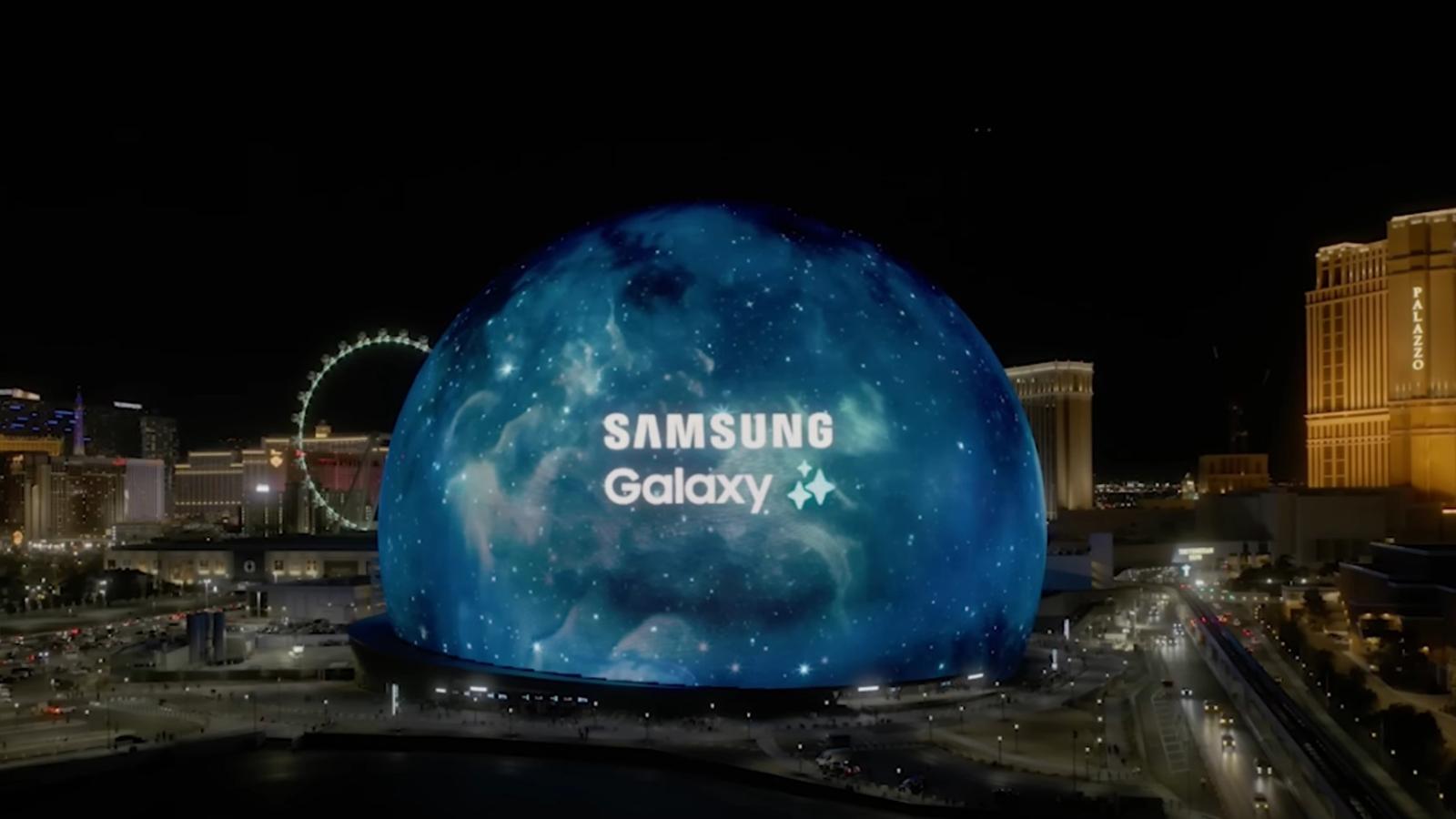Ayn Odin 2 review: Emulator supreme
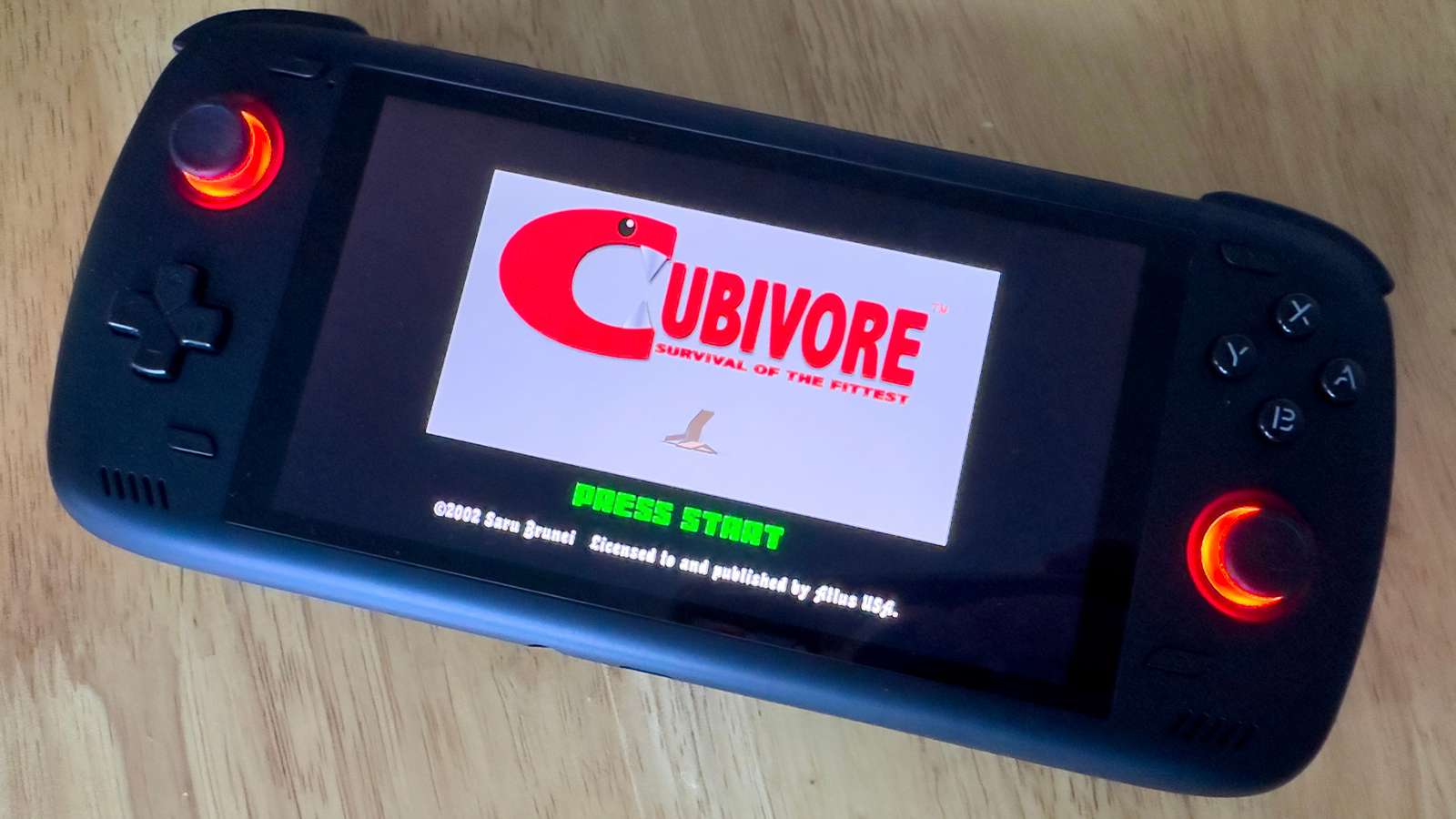
The Ayn Odin 2 has landed in our hands, but how does an Android gaming handheld stand up in a world dominated by more capable devices?
To get out in front of it all, I love the Ayn Odin 2. The latest from Ayn is bringing an expertly crafted device, with a clean version of Android and some killer tech, all for an incredibly low price.
Sporting an excellent set of embedded controls, a great screen, and some fantastic gaming performance, it really seems like the full package.
That’s not to say that the Ayn Odin 2 is perfect, far from it. The system is still hamstrung by Android, but does it get in the way of the important bit, like playing games?
Key specs
- Processor: Qualcomm Snapdragon 8 Gen 2
- RAM: 8GB/12GB/16GB
- Storage: 128GB/256GB/512GB
- Screen: 6-inch 1080p screen with 16:9 aspect ratio
- Connections & inputs: 3.5mm jack, microSD card slot, USB-C, Wi-Fi 7, Bluetooth 5.3
- Battery: 8000 mAh
- Weight: 420 grams
- Price: From $299
Design
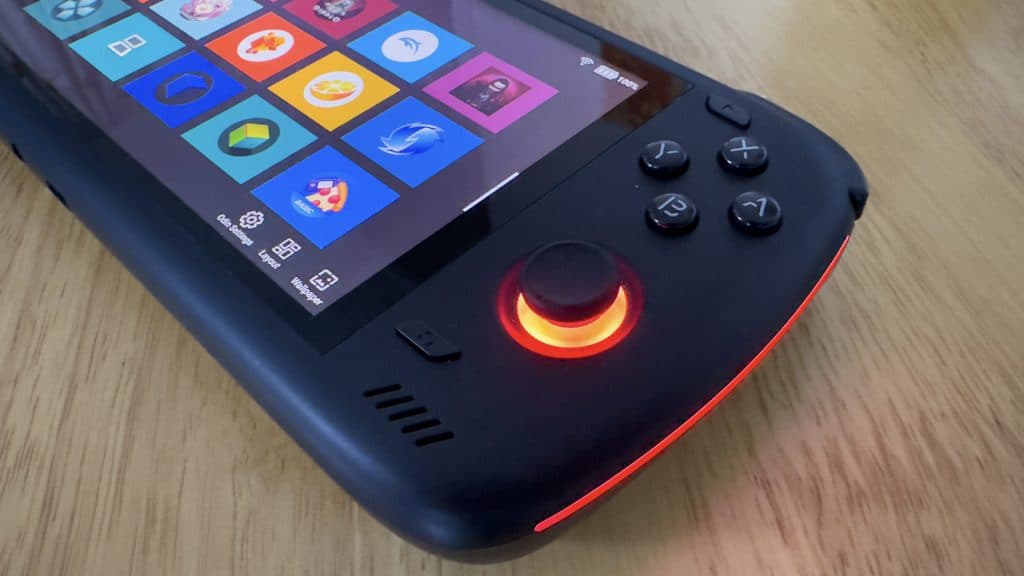
Taking a now traditional handheld style, the horizontal nature of the Ayn Odin 2 makes for an explicitly comfortable experience. The back buttons comfortably sit out of your direct resting position, while your hands never feel the massive cooling vent on the back.
Along the edges, a thin RGB strip runs down, and underneath the two sticks a matching pair of lights. These I quickly turned off, as some light night sessions through the Wii’s slightly more obscure titles led to blinding moments. However, the accented RGB is quite lovely and makes the Odin 2 feel like a truly premium device.
The outer shell is also a matte, smooth plastic, with a lack of fingerprints being picked up as you use it, to my excitement. Think of a darker, more egg-shell feeling Nintendo Switch. I adore the color scheme, as any RGB accent I went with during lighter periods of the day came out looking gorgeous.
Every aspect of the design from a gaming point of view is also great. There are Hall-effect sticks to kill stick drift, and a fairly large screen to encompass the mind for a few hours. Do note that this 16:9 screen is slightly less ideal for playing 4:3 games, and it might be worth picking up a different handheld for that purpose.
Features
The Ayn Odin 2 packs an incredibly powerful system-on-chip (SoC). With the incredible Snapdragon 8 Gen 2, powering some of the best flagship Android phones at the moment.
It also brings this level of power to you for a sub-$500 price, while phones and tablets will cost you far north of that. Having that power onboard brings out the best in nearly every game I tested. Most emulation and Android native gaming tasks don’t even make the Odin 2 break a sweat.
Screen
The screen is great, but there’s nothing particularly to write home about. The six-inch LCD IPS panel can output up to 1080p, and things look good on the screen. Some older titles feel a little limp, lacking the pop of a CRT monitor, but this is all easily fixed with a few tweaks, filters, or shaders in your emulator of choice.
Wi-Fi 7 is a huge plus
I thoroughly appreciate having Wi-Fi 7 onboard too. While my router at home is Wi-Fi 6e, it means that the personal vault of retro games I recently built quickly provides needed files from the server. Downloading games from Google Play also was exceptionally quick, with Genshin Impact and Call of Duty Mobile installed and ready to play in minutes.
Intense battery life
As I spent most of my time playing older, less resource-intensive games, that 8000mAh battery is no joke. In a hefty play session of The Last Story for the Wii, I found that the battery had hit 65% from 100%. I’d probably say that this clocked in at around 2-3 hours at an upscaled resolution of 720p. With even older titles on 8-bit and 16-bit consoles, I saw increases in time between charges span days.
You won’t be out for long either, as it’ll charge up exceptionally quickly too.
It’s time to leave Micro HDMI to die
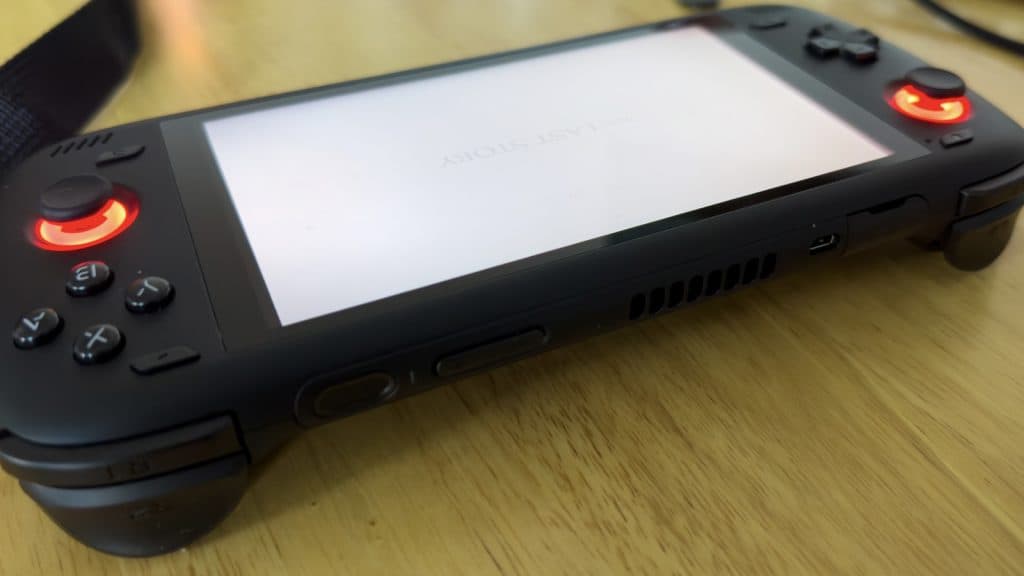
I am still a little annoyed about the inclusion of a micro HDMI port on the top, the worst kind of cable. It functions just fine, but I found it easier to just use USB-C to hook it up to a bigger monitor.
Either go all in with the bigger HDMI port, or don’t bother. Micro HDMI cables are feeble. They’re also extortionate because of their hyper-limited use case. I wound up popping this on a JSAUX Steam Deck dock for simplicity.
Controls and options
I do love playing games on this thing, and it is thanks to the excellent set of embedded controls. Hall effect magnets kill any real chance of stick drift happening, while the two back buttons open up options for how you can play games. There’s also an audio jack, making life simple once your Bluetooth headset runs out of juice, or if you want to experience Mr. Do with a ridiculous pair of headphones.
A microSD card also makes storing or copying games over to the fairly spacious storage options (coming in at 128, 256, and 512GB) a very easy task.
There’s also a built-in mapping software, similar to other devices like the Pimax Portal. It’s fairly well featured, but is still not a one-stop solution for issues with certain games, as I dig into below.
RAM
I was sent an Ayn Odin 2 Pro with 12GB of RAM, which helped push through some limitations I thought O might have at 8GB. While 8GB will get you almost the same performance, I found it was more handy for suspending multiple games at once while flipping through rather than any real performance enhancements.
Gaming performance
Android games
I went through the usual suspects of Android gaming. Genshin Impact and Honkai: Star Rail both ran superbly. More intensive games like Call of Duty: Mobile also ran without an issue, but Android games ran into a very big issue, very quickly: the controller.
Much like a lot of these handheld consoles running Android, the controller is often left in the hands of developers. Some, like Blizzard with Diablo: Immortal, immediately pick up the embedded controls as a basic Xbox controller. Others, like the aforementioned Call of Duty, were left to the whims of software.
This includes remapping software. It reads button inputs as touchscreen inputs, allowing you to play the game as you normally would. It’s fairly similar to what I encountered on the Pimax Portal but with a tad more depth.
There are options in it that just weren’t available when I was reviewing Pimax’s, but it still feels barebones. Games requiring it just never felt quite right, with a small latency between input and output. MOBAs and less action-heavy games worked fine after a bit of tweaking, but it’s too much effort. It’s not where the Ayn Odin 2’s strengths are. That’s in the past.
Emulation
The Ayn Odin 2 is the handheld to go for for emulation. It is sublime. Once you have things set up, and apps downloaded, no Android device comes close. The embedded controller is routinely picked up and acknowledged immediately, while the touch screen keeps avenues open for more niche, older PC gaming.
I took the Ayn Odin 2 through its paces. Of course, I used classic “hard to run” games like God of War, but wanted to see how would handle newer systems. On Android, the latest system you can play is the Nintendo Switch, but as the console is still actively being sold, I avoided it. Instead, I dropped down a little to the 3DS, which is the latest available – and playable.
It ate everything up. Some games, which were hard on the original hardware, still run a little funky in some spots. However, the sheer power of the Ayn Odin 2 mostly brute forces its way through any game at native resolution.
Gamecube & Wii
On Dolphin, the Gamecube and Wii emulator, I was able to comfortably play all the games on hand at 1080p upscaled. This made titles like The Last Story look incredible, while also retaining a playable state. Other titles like F-Zero GX ran at a luscious 60FPS with no additional work.
I did find myself down a small rabbit hole. The Android port of Dolphin allows for mods to be added, with games like Mario Sunshine getting an incredibly subtle makeover. Not once did the Ayn Odin 2 blink at the fact it’d have to run these now more graphically intensive titles.
PlayStation
On the PlayStation front, it was very much the same. PSP games fit great on the wide 16:9 screen, while PS2 titles looked fantastic. I finally sat down to play the English patch of Boku no Natsuyasumi 2 (My Summer Vacation 2) from the PS2 on the Odin 2, which came about after a small revelation.
Despite having all this power, all I wanted to do was explore the obscure. When there are no limits on what you can play, I found myself deep in places I never really considered.
PlayStation 1 games stopped being about Metal Gear Solid or Resident Evil 2. Instead, I found myself pushing things like Choro Q Wonderful to a more pleasant frame rate. Getting lost in Harmful Park, or even trying once again to understand LSD Simulator, the Odin 2 doesn’t stand in your way.
3DS
Even games on the 3DS, despite some slowdown for caching textures, never really faltered. In Majora’s Mask 3D, I saw a solid 60FPS and other games like Super Mario 3D Land ran with very little trouble.
Emulation is almost perfect on the Ayn Odin 2
The only thing standing in the Odin 2’s way is the software. As emulators are often made for free, it can take time for things to pick up. It’s why I’ve still never used the Vita emulator that’s lurking around. Despite being included in things like the Steam Deck’s EmuDeck project, it barely functions.
This said, once it does function, I’m sure that the Odin 2 will still have enough horsepower to play the wonderful TxK.
Streaming
The Ayn Odin 2 comes with Wi-Fi 6e onboard, with a proposed upgrade that will make it Wi-Fi 7 sometime in the future. This made streaming things on the Odin 2 a breeze. Xbox Cloud Streaming worked wonderfully, while Steam Link and Shadow PC had zero issues maintaining a steady connection.
Android needs better user interfaces
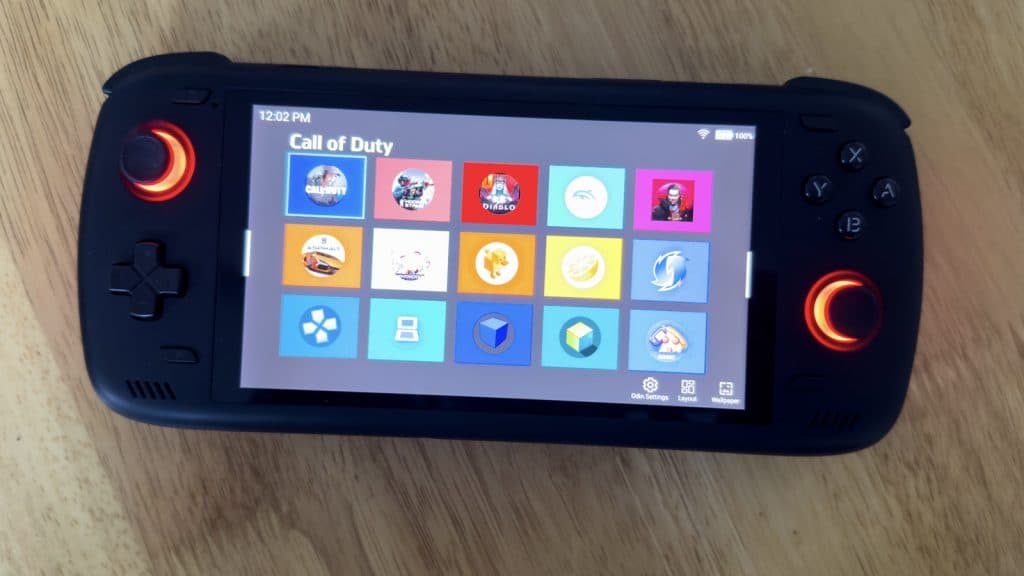
Despite excellent hardware, Ayn does have a failing. The first user interface (UI) you run into is the stock Android launcher. This is fairly easy to navigate and does have some compatibility with the controller.
Android can run different overlays or launchers. These provide you with things like a dedicated view for emulation, or just a general spruce-up. Ayn’s launcher is as basic as it gets, collating the apps you’ve installed into big Windows 8-styled squares.
It’s functional, but it is bad. It’s far too basic and is just a reskin of the stock Android. There’s no reason to use it, so I sought out an alternative.
However, for such a feature-complete device, this shouldn’t be the case. Ayn shouldn’t be passing the buck to the community and should be expanding on the launcher they already have. The community launchers should be an option, not a requirement.
Mapping controls can still be a headache
When I reviewed the Pimax Portal, I noticed that mapping controls from the screen to the buttons is cumbersome. The Ayn Odin 2 uses a similar interface, but it feels more fleshed out. There’s still a restriction on the options available, as Ayn couldn’t possibly anticipate niche use cases.
However, in games like Call of Duty: Mobile – which should be detecting embedded controls by now – aiming and looking around still felt off. It’s not a perfect one-to-one map, and in a few instances, it felt like the translation between hardware and software was causing some latency issues.
Some games, despite everything, will never function well with mapped controls. The Ayn Odin’s size and shape also prevent comfortable touchscreen play, but again, this isn’t the fault of Ayn. They’ve done the best they can considering the restrictions.
Verdict: 4/5
The Ayn Odin 2, regardless if you get a Base, Pro, or Max, is an exceptional device with a tonne to offer avid Android players, or those after their retro fix. With Android’s support for emulators consistently growing, and the extreme power of the Snapdragon 8 Gen 2 behind it, the Ayn Odin 2 is currently an unparalleled beast in this arena.
However, that Android-first mentality might be what holds it back for some. I found myself enjoying it for the limitations of what kind of games I could play. It kept my PC and Steam Deck clear of random ROM files and a dozen ISOs. If you want a more complete, overall device, for a similar price, the Steam Deck is right next door.
It doesn’t discredit the work being done by Ayn, as the Odin 2 has not left our side for quite some time now.
If you click on a product link on this page we may earn a small affiliate commission.
